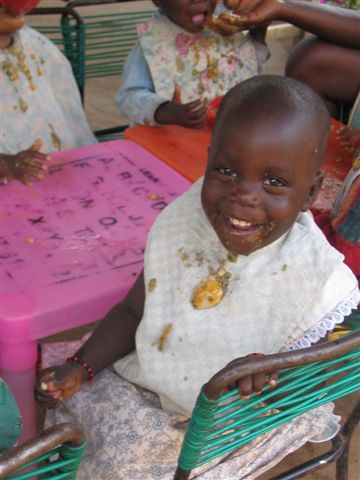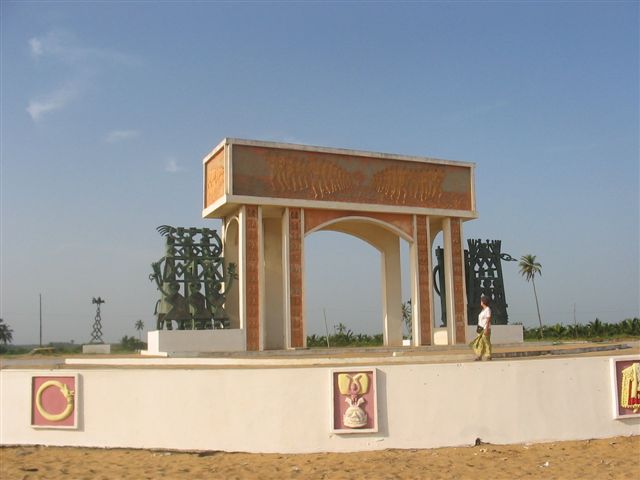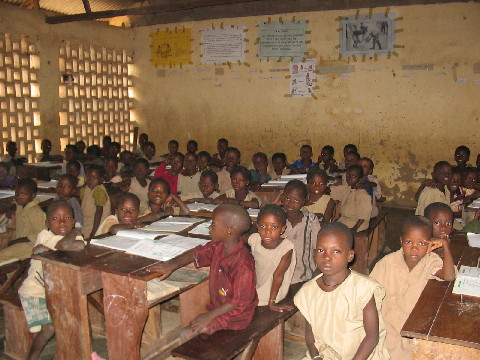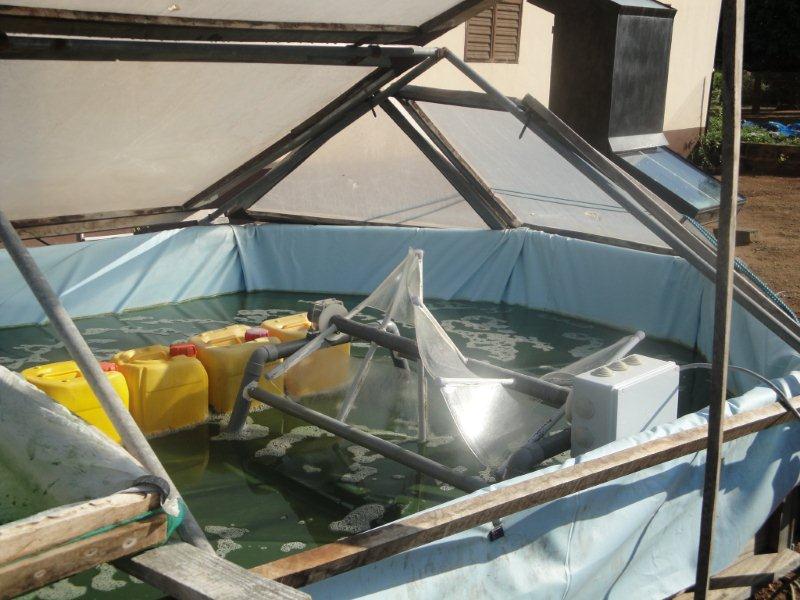






| Association régie par la loi 1901-Reconnue d'intérêt Général en mars 2006 |
 |  |  |  |  |  |  | |||
|---|---|---|---|---|---|---|---|---|---|
| Home | History | Location | Orphanage | Schools | Spirulina | Villages | Actions | About us | Become a member |
SPIRULINA
How did the idea of developing this project start ?
We couldn't bear to see children dying from malnutrition.
The
climate of Benin is favourable to agriculture, with
alternating dry and wet seasons. Wide areas are covered in
savannah which allows traditional cereals such as millet, manioc, yam and
corn to be grown. You can also find fruits such as mangoes, papayas, bananas and oranges. However, traditional foods lack
protein: meat and fish are expensive, and are only eaten on special
occasions. Although children are breast-fed, and then fed on corn, and yam flour, they often arrive too late at the clinic, with swollen stomachs
and a loss of skin pigmentation.
They
have to go through a nutritional recovery or transfusion at the
hospital in NIKKI (32Km away) and sometimes it's too late.

What is SPIRULINA
Spirulina is
a micro-algae that grows naturally in lakes in Chad or Mexico. It
contains 60% to 70%
proteins, vitamins A, B1 to B12, beta-carotene, magnesium and iron.
It strengthens the body's immune defences, and it is very efficient against
malnutrition.
|
Evolution of the project : | |
| After reading several books about the subject, we went on a specific training course called:
« Formation à la production de la spiruline à vocation humanitaire » (training in the production of spirulina for Humanitarian Purposes):
(see Jean-Paul Jourdan' blog).
We were trained by dedicated teachers who are experts in their field.
It helped strengthen our motivation and we started building the
first
ponds in Péréré early in January 2008.
We built two ponds of about 20 m² each on land generousely lent to us
by the Italian nuns. We got the support and advice of the "algae-farmer"
from PAHOU , near Cotonou, the first centre in Benin where the SPIRULINA was grown. Our strain (named "LONARD") comes from this centre, and we got together with Davougon in order to ship the inputs that feed our micro-algae. In 2009, we built 2 more ponds, increasing the production area to 80 m². | Four ponds of about 20 m² each are now in use. The average daily crop ranges from 2.4 to 3 kg of fresh Spirulina. We are considering building other ponds, to make the algae-farm profitable and therefore sustainable. The greenish liquid from the pond is filtered through canvas, which is normally used in silk-screen printing. The harvested Spirulina is drained and pressed before being transformed into "spaghetti", and laid on a shelf. It then dries in a solar oven for 4 hours. After being crushed into flakes, the Spirulina is weighed, put in vacuum bags and labelled, ready to be sold...but it will often be given free to those who really need it. |
 The
ball of Spirulina is introduced into the sausage maker. We modified the
nozzle by making a line of small holes. The elements in contact with
Spirulina and the liquid from the ponds must be made of stainless steel
or plastic, and hygiene is strict.. The
ball of Spirulina is introduced into the sausage maker. We modified the
nozzle by making a line of small holes. The elements in contact with
Spirulina and the liquid from the ponds must be made of stainless steel
or plastic, and hygiene is strict.. |